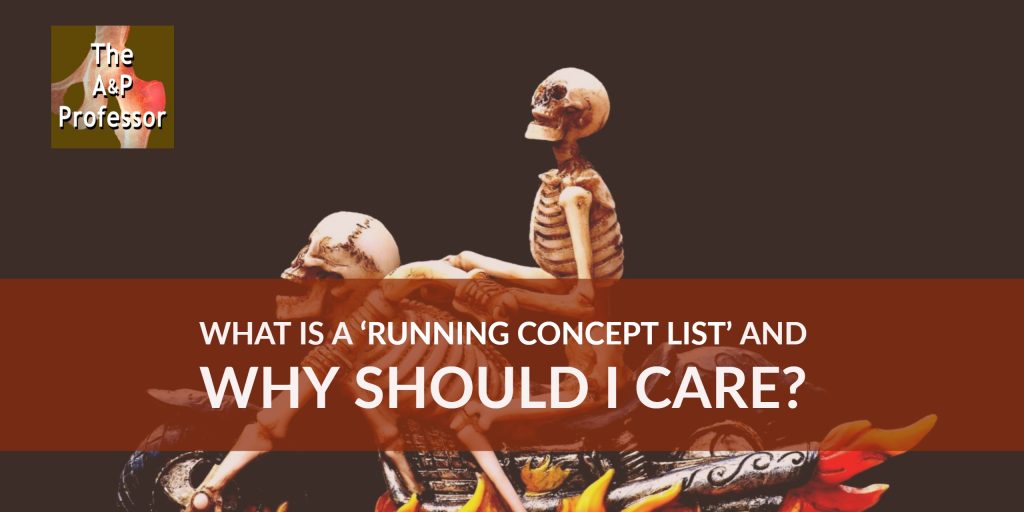TAPP Radio Episode 8
Running Concept Lists Help Students Make Connections
Quick Take
1:00 | Neurogenesis in adult brains
5:52 | Cells hate calcium
12:52 | Let’s hear your take
14:24 | Featured topic: running concept lists
Listen Now!
1 | Can the Adult Human Brain Produce New Neurons?
5 minutes
Since the time of neuroscience pioneer Santiago Ramón y Cajal, the idea that neurogenesis in the adult human brain is impossible has been a dominant idea. However, we set that aside in the late 1990s when evidence showed that new neurons can form in the adult hippocampus. A new paper suggests that the old idea is the correct one—but it’s not without controversy. What should we tell our students? That’s how science works, folks!
- The Discovery of the Neuron (outlines the origin of central dogmas about neuroscience, including Ramón y Cajal’s role)
- Neurogenesis in the adult human hippocampus (paper that established the idea that adult brain neurogenesis does occur)
- Human hippocampal neurogenesis drops sharply in children to undetectable levels in adults (paper that challenges the idea of adult brain neurogenesis)
- New Study Questions Confidence in Neurogenesis in the Adult Brain (article that summarizes the recent controversy)
2 | Cells Hate Calcium (and Sodium) but Love Potassium
7 minutes
A simple analogy can help students remember a recurring principle about cell behavior involving important ions.
- Cells hate calcium! (a blog post for students; you can link to this page from your course)
3 | Let’s Hear Your Take!
1.5 minutes
You’ve got some insights sparked by topics in this podcast series? Let’s hear them, so we can get some power-brainstorming going! Record your thoughts by calling in. Or send a recording by email. Or let’s chat about an interview, okay?
Toll-free:
1·833·LION·DEN
(1·833·546·6336)
Local:
1·636·486·4185
Email:
podcast@theAPprofessor.org

4 | Running Concept Lists
11.5 minutes
We all find it difficult to put all the facts and details together in our heads in a way that makes sense—that helps us connect ideas and gain insights. A simple technique of running concepts lists can provide a concrete template for this process. Used over time, running concept lists and also train the brain to make such connections easily.
- Concept Lists | An Easy Method to Enhance Deep Learning (resource page for A&P students)
Stay Connected
The easiest way to keep up with new episodes is with the free mobile app:


Or you can listen in your favorite podcast or radio app.
Click here to be notified by blog post when new episodes become available (make sure The A&P Professor option is checked).
Call in
Record your question or share an idea and I may use it in a future podcast!
Toll-free:
1·833·LION·DEN
(1·833·546·6336)
Local:
1·636·486·4185
Email:
podcast@theAPprofessor.org
Share

Transcript
To read a complete transcript of this episode, click here.
Last updated: January 7, 2021 at 16:29 pm






2 comments
Thanks for the idea of concept lists. I like it because it eventually enables people to understand how A&P systems work together as partners to get a job done. With regard to Cajal’s ideas, there is a story I like to tell about his sharing the 1906 prize with Golgi. They did not at all agree about what Cajal was seeing in the silver stained brain tissue. Cajal said there was a small gap where neurons come together. Golgi argued there was no gap. Golgi’s opinion was dominant at the time.
This history of neuroscience has some good stories. I’d not heard this one before.